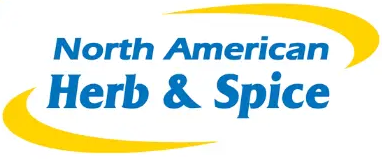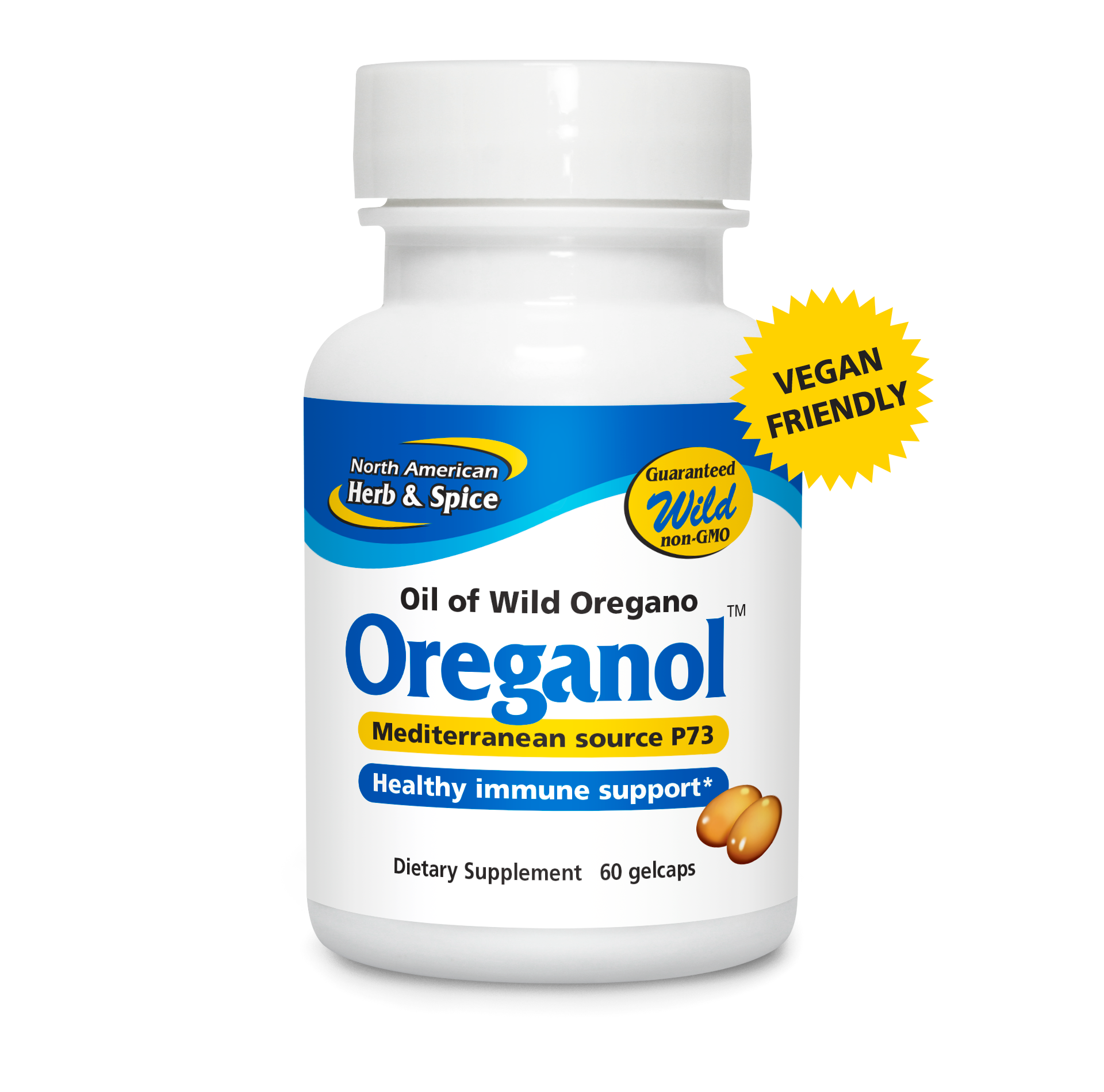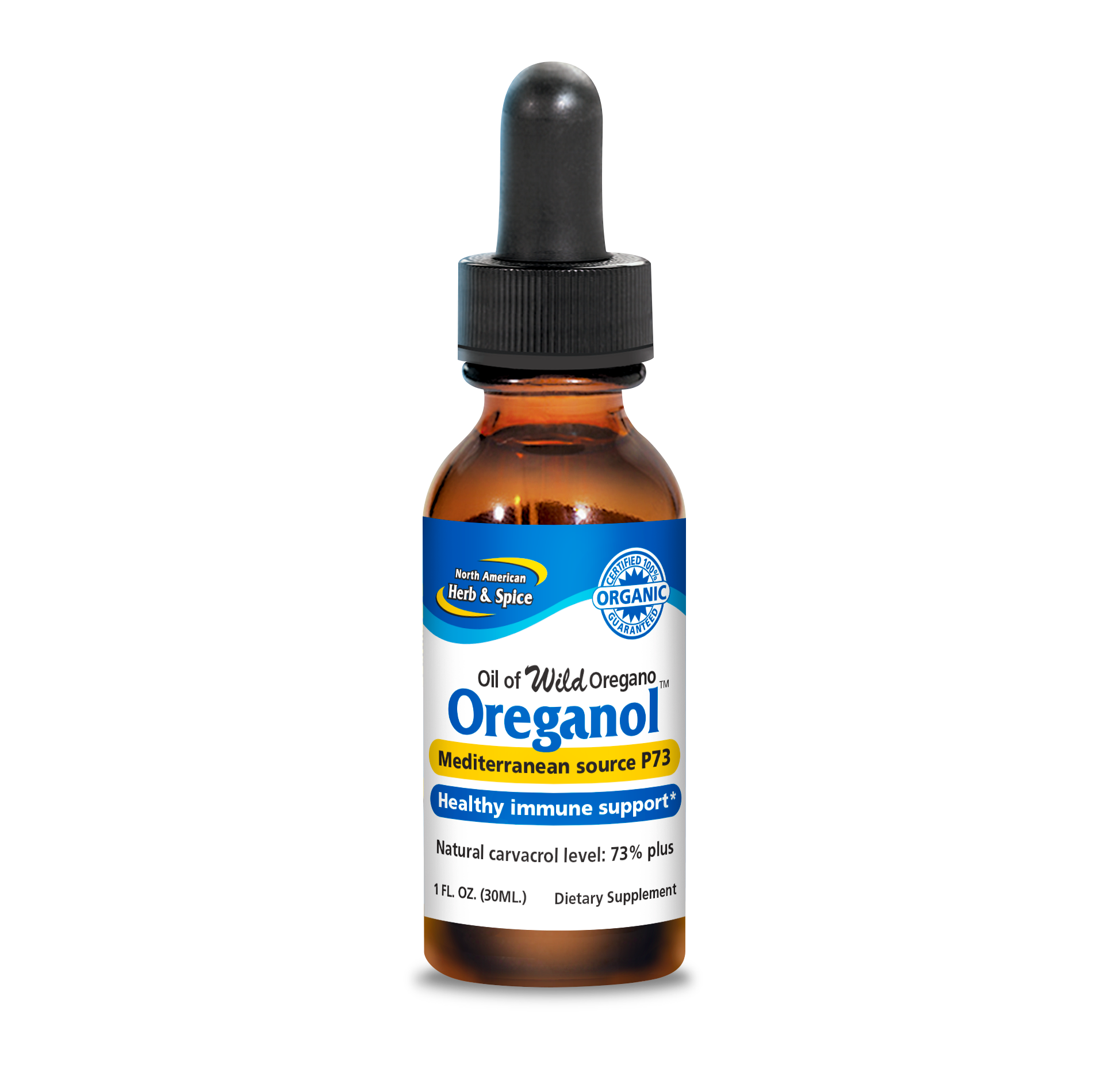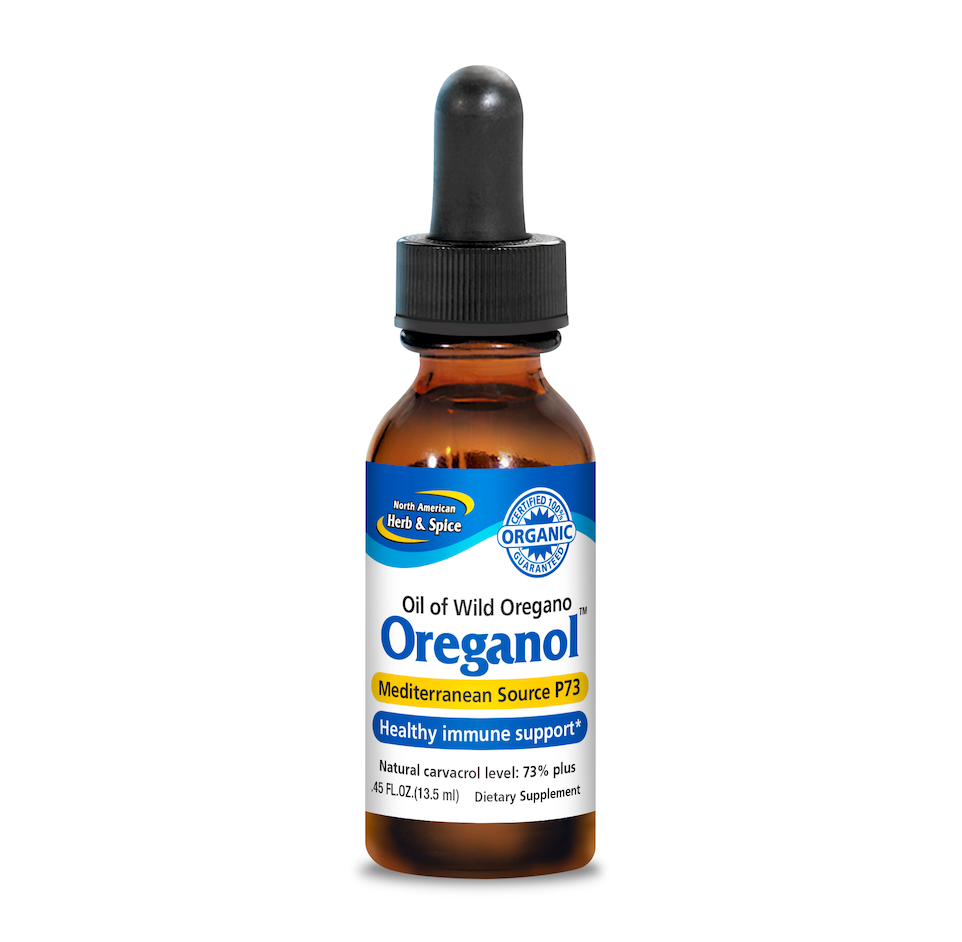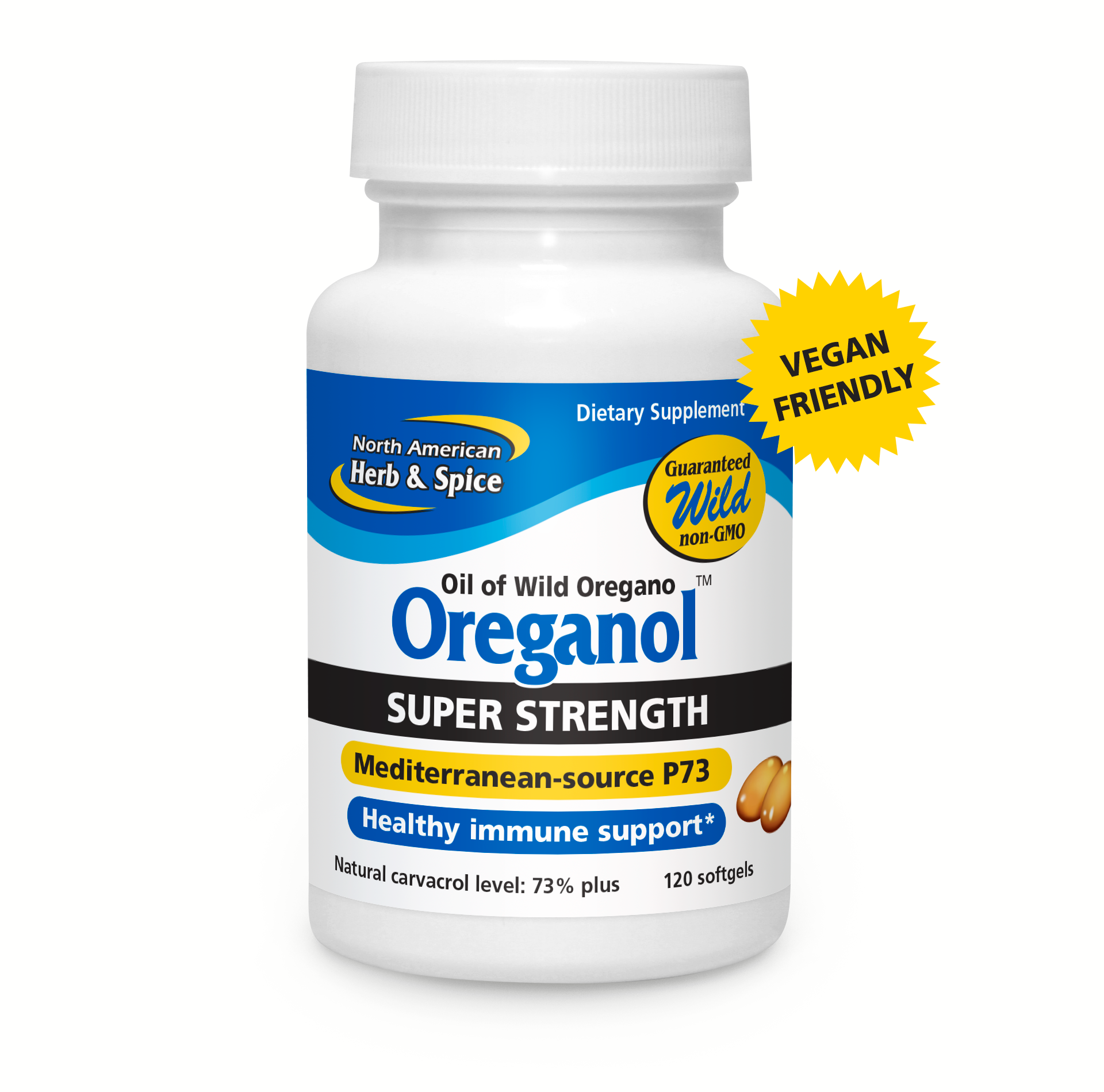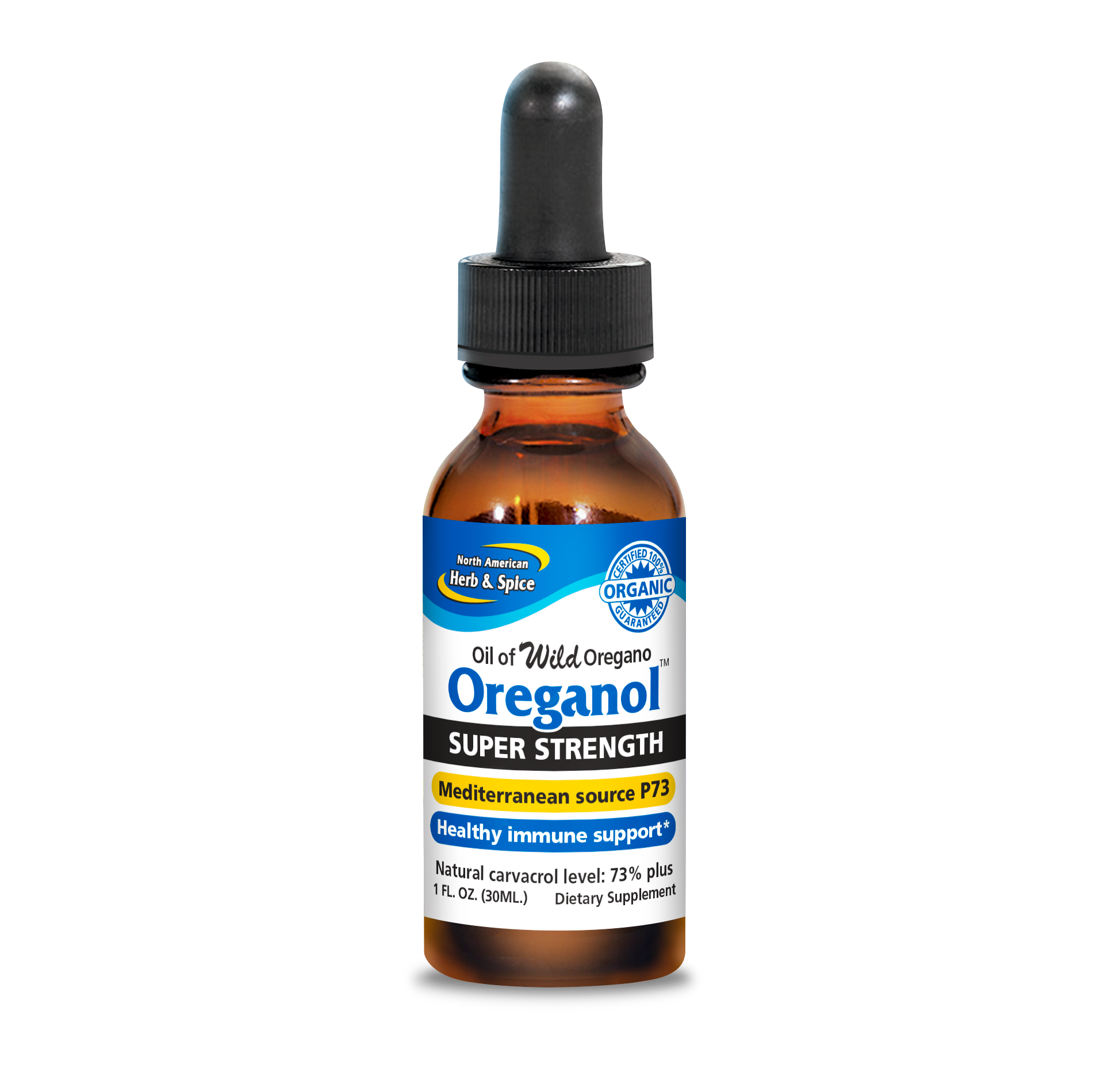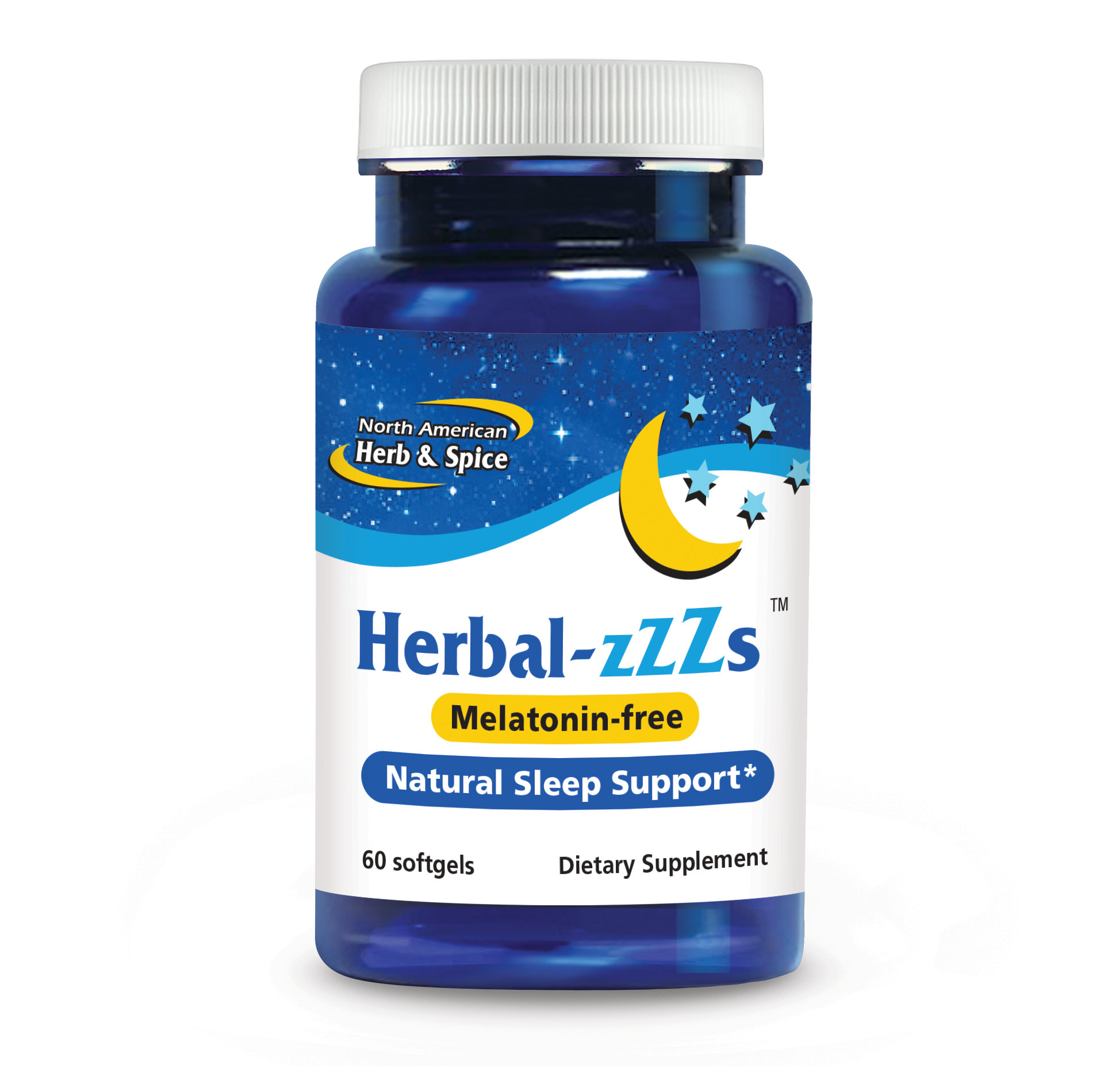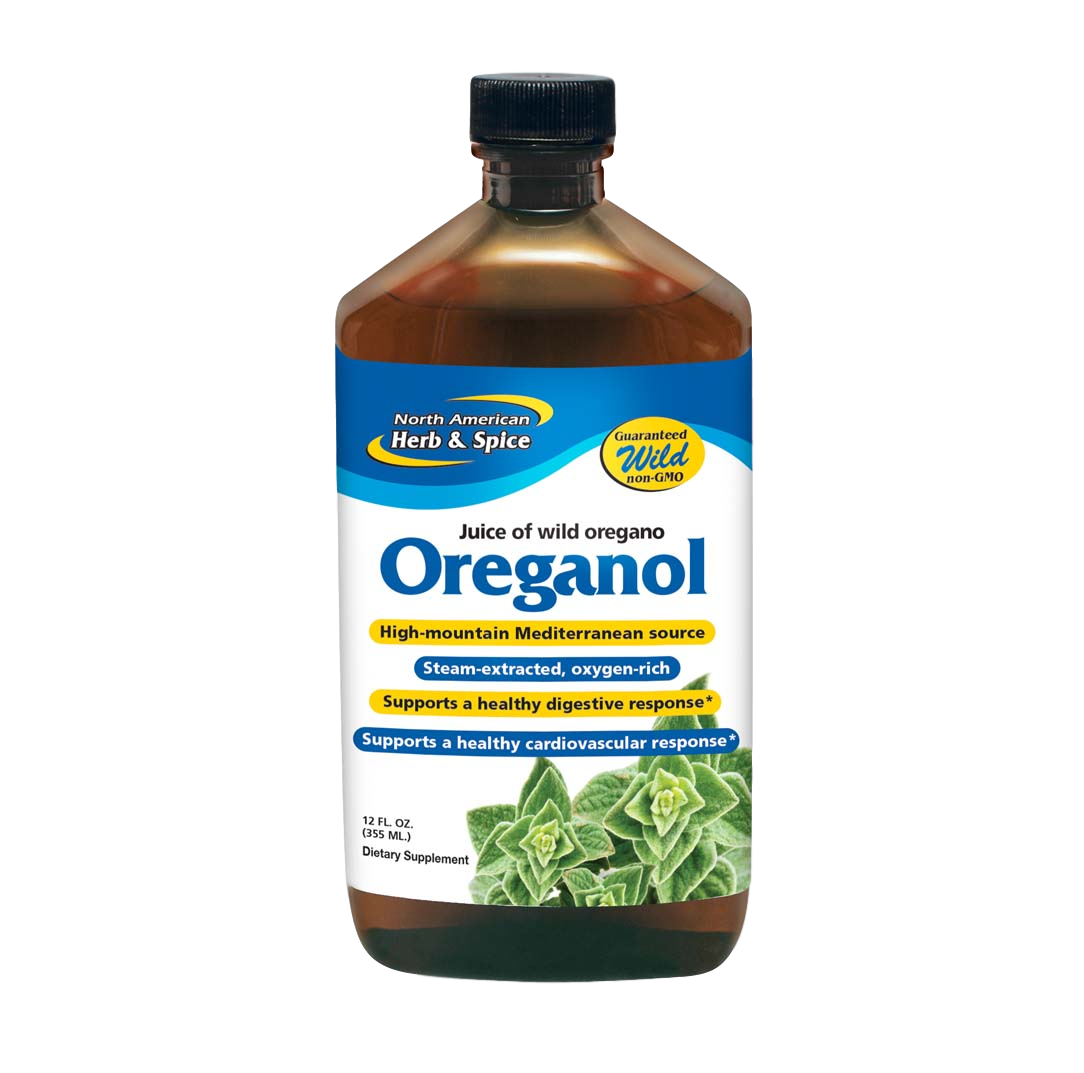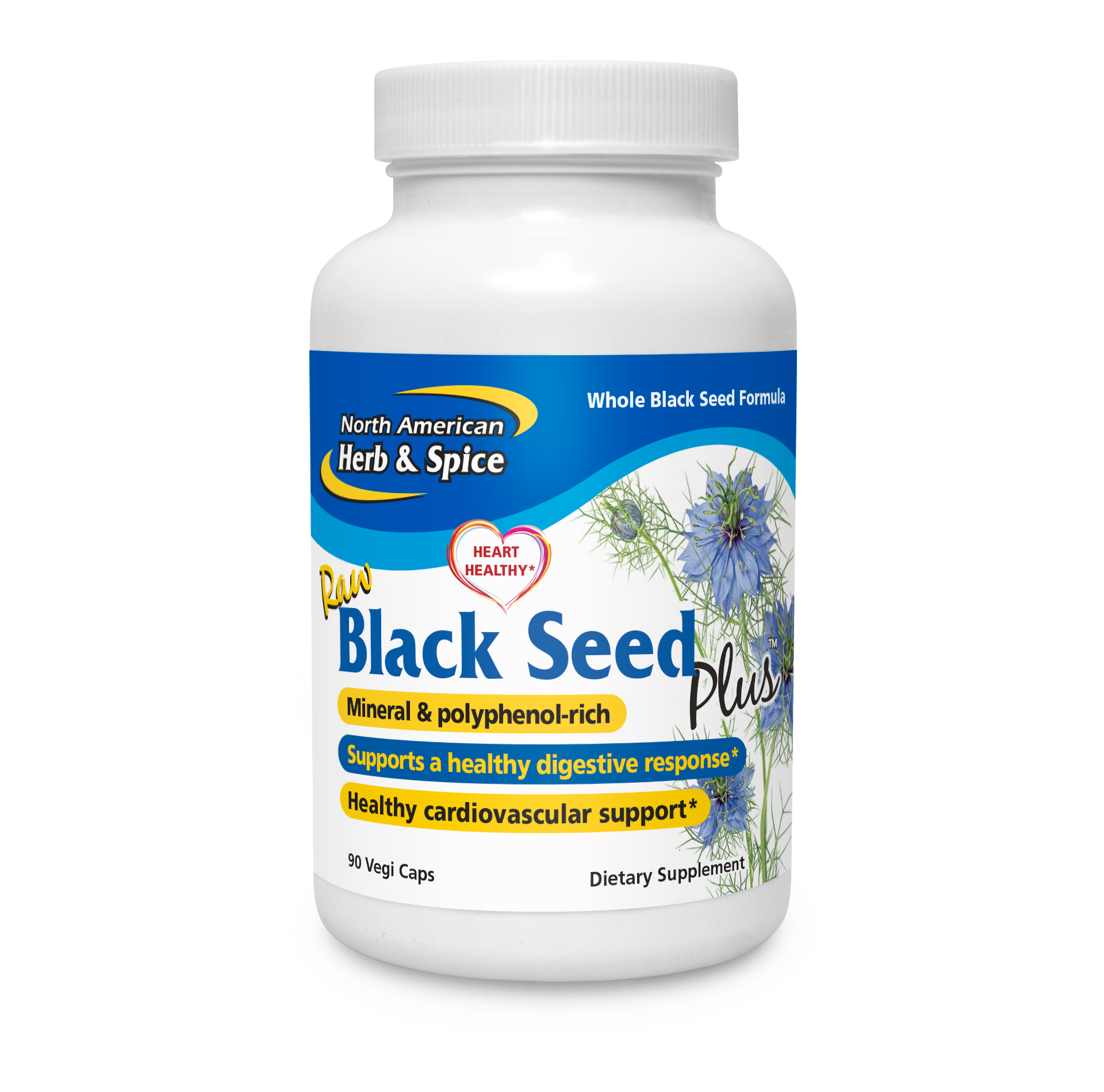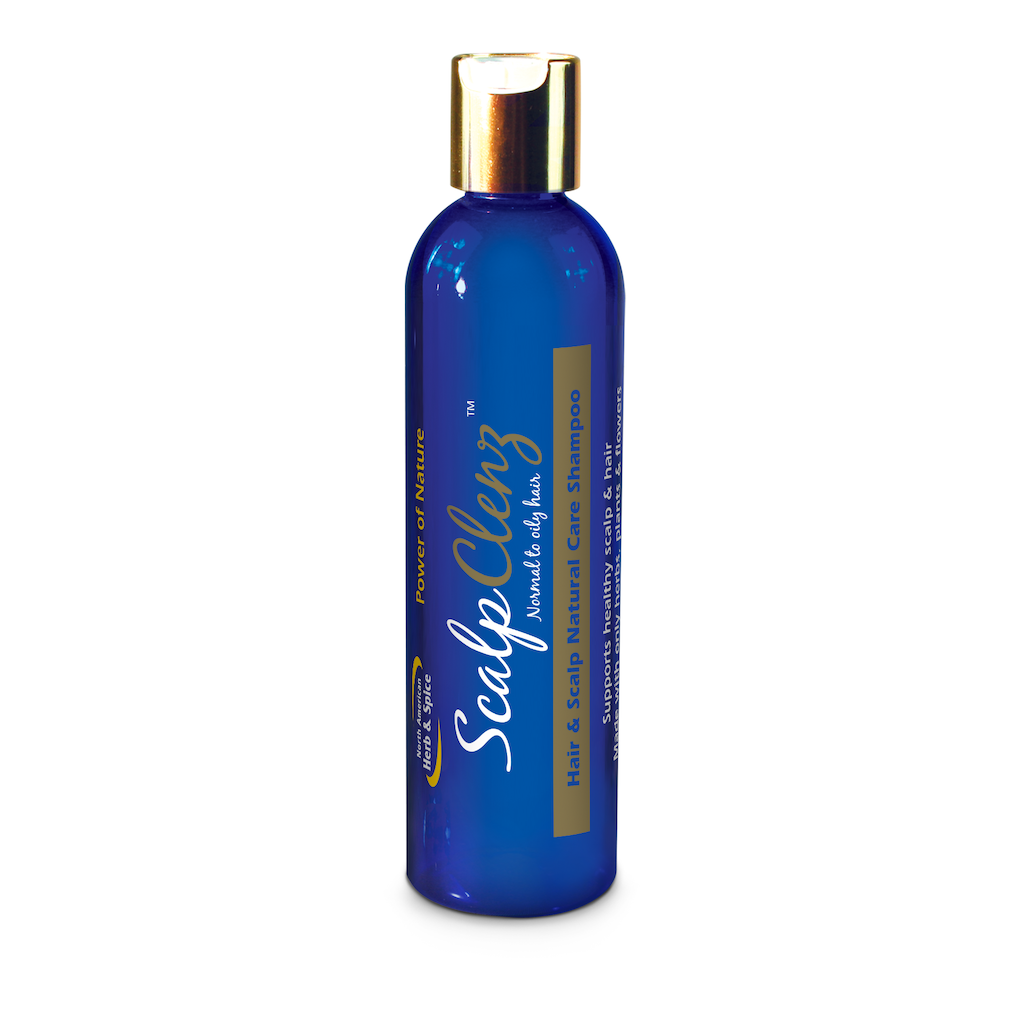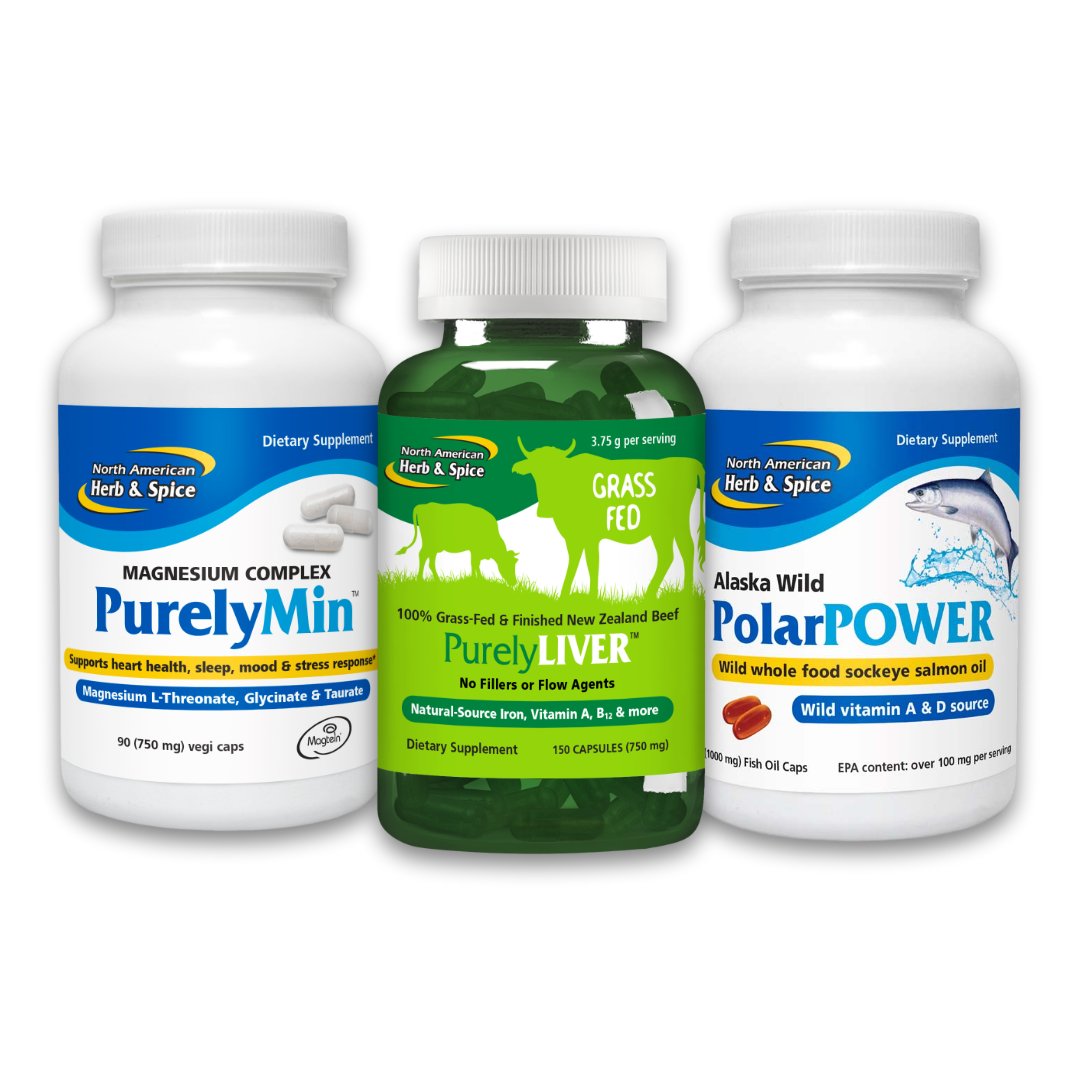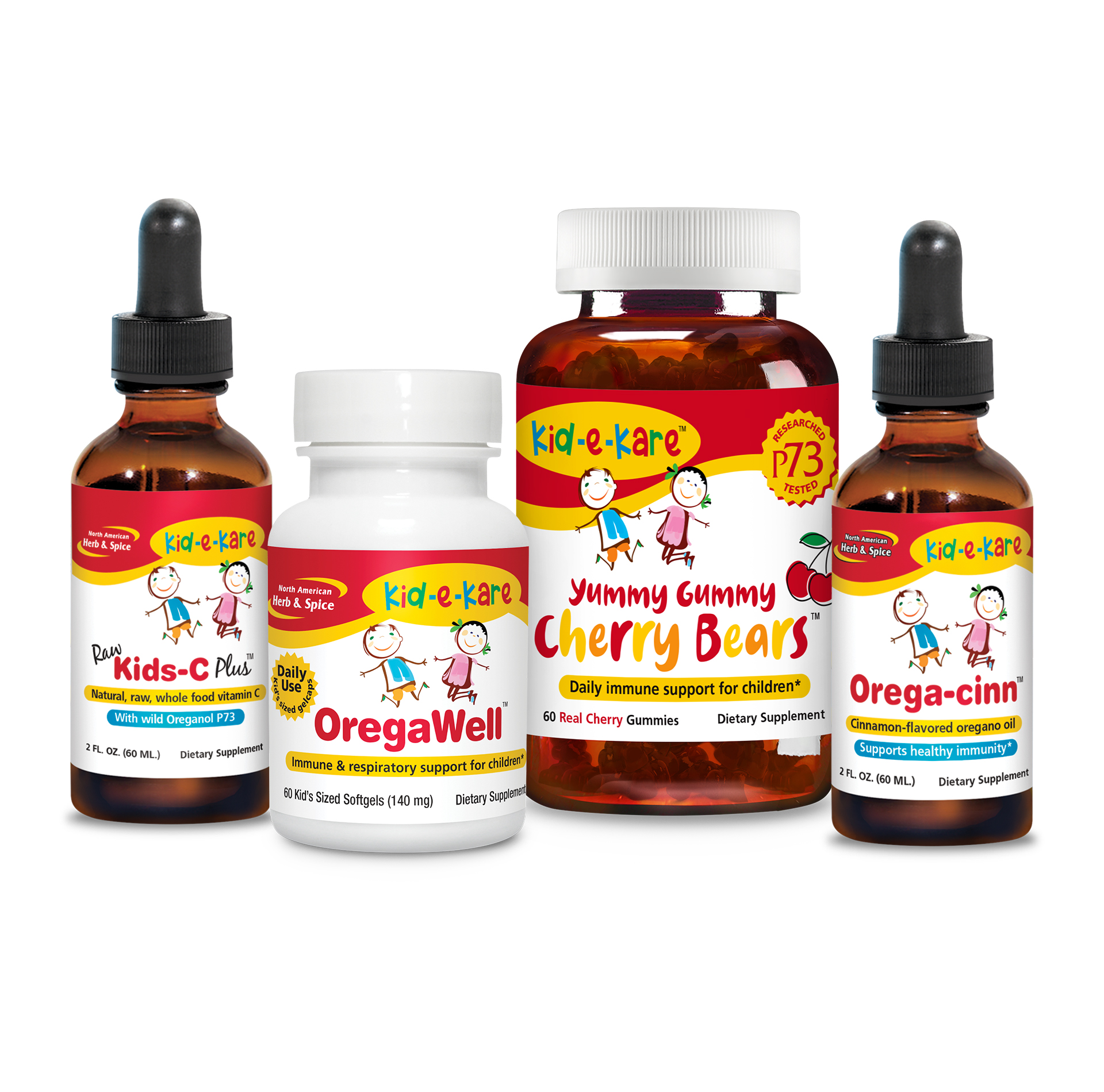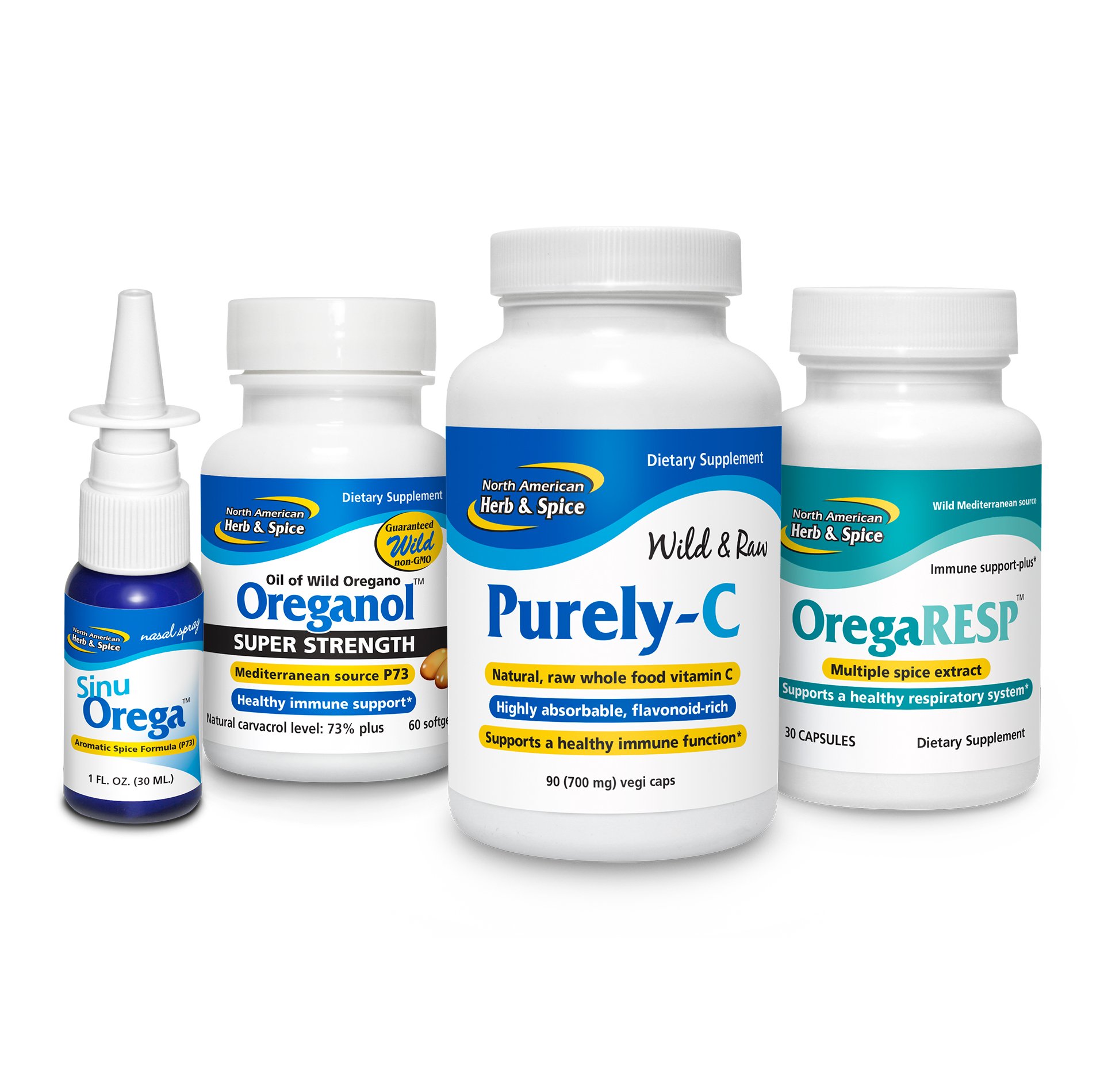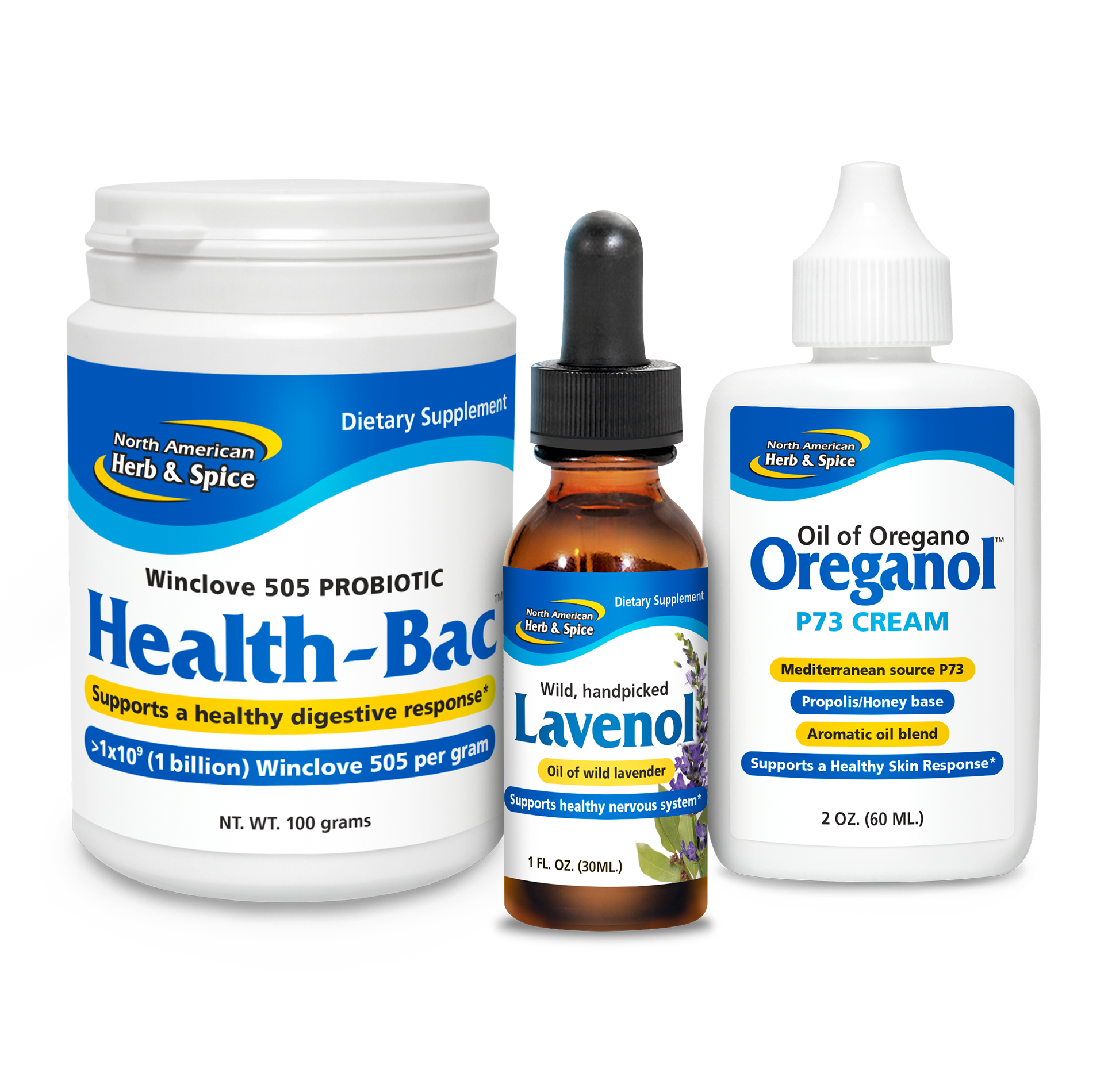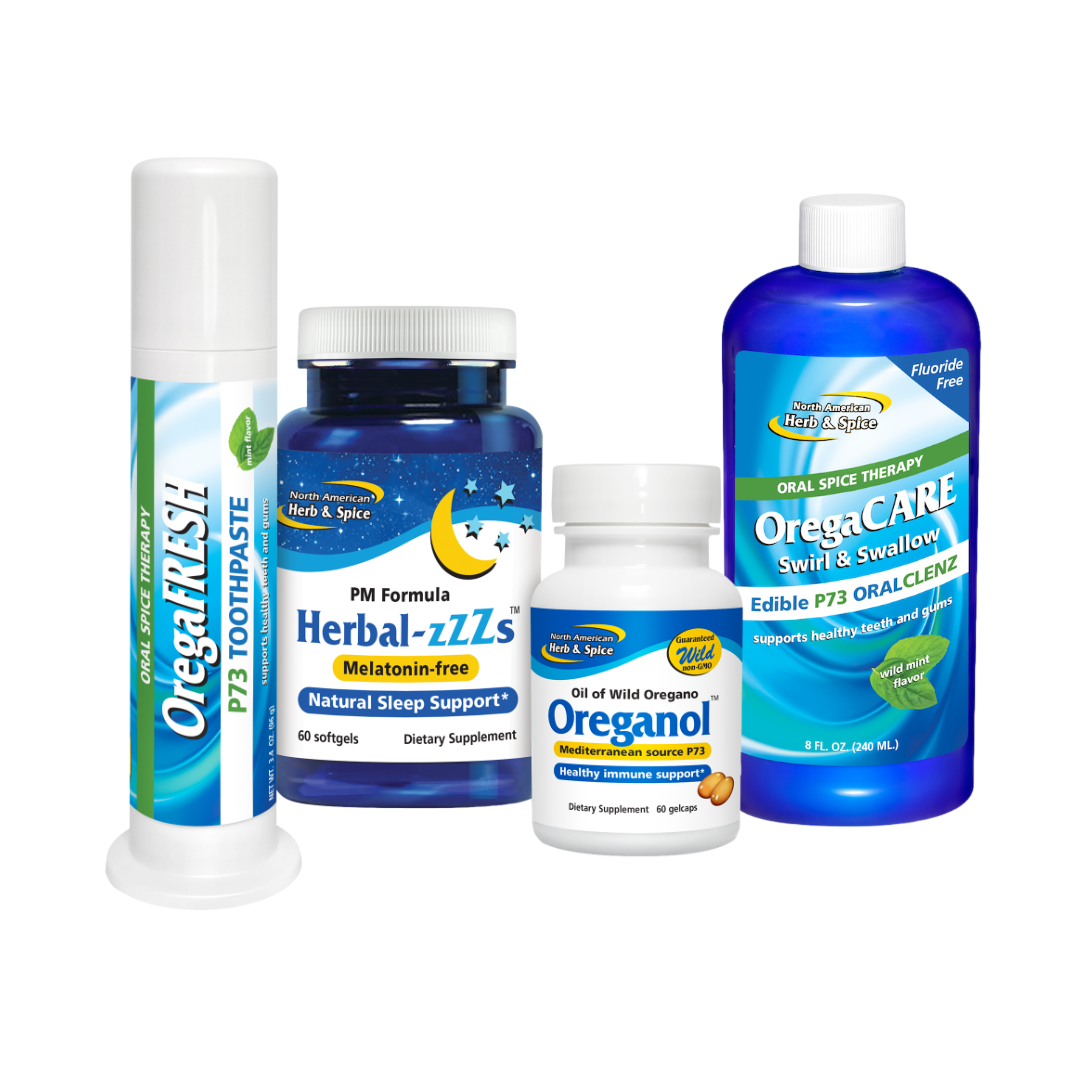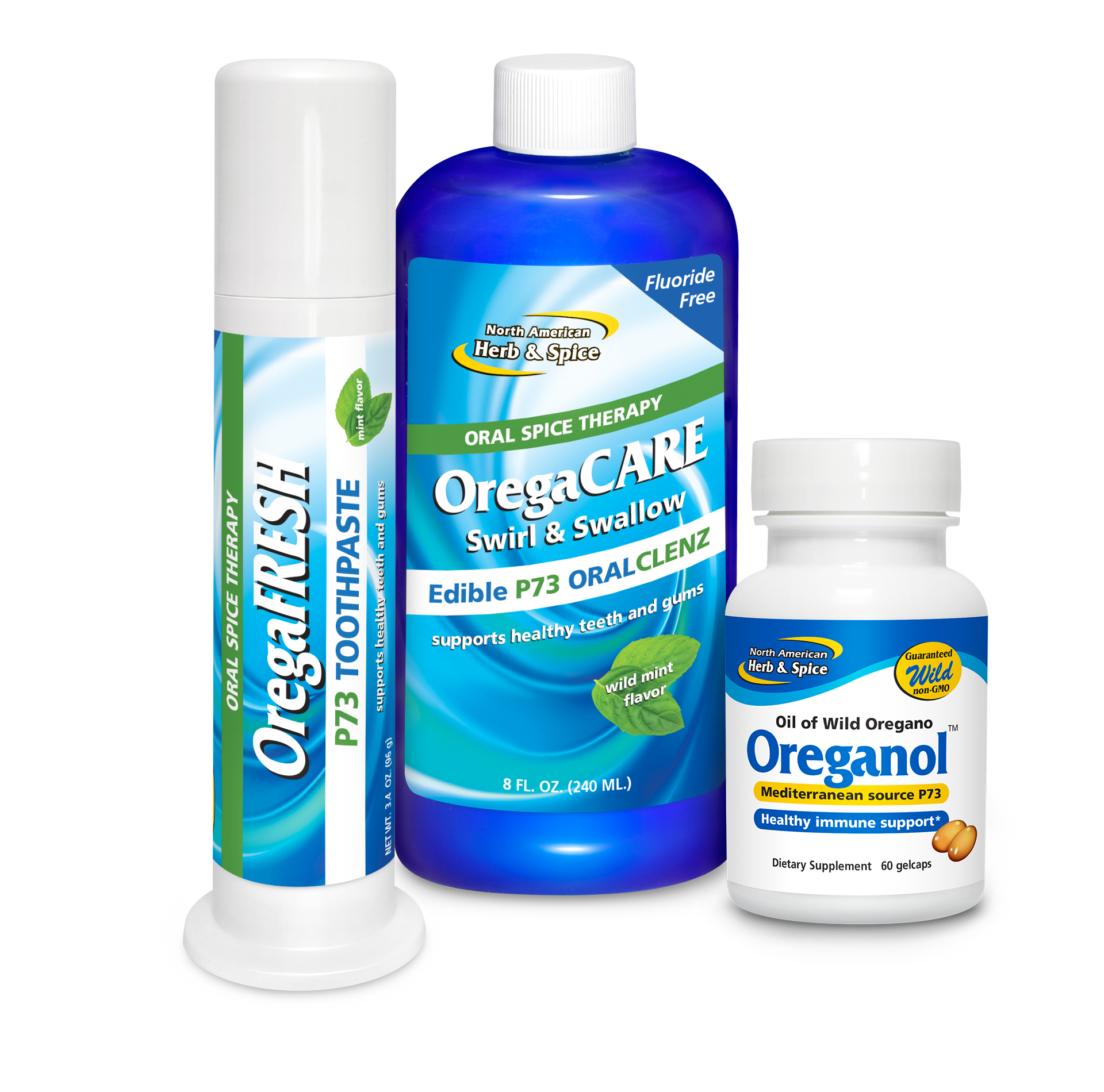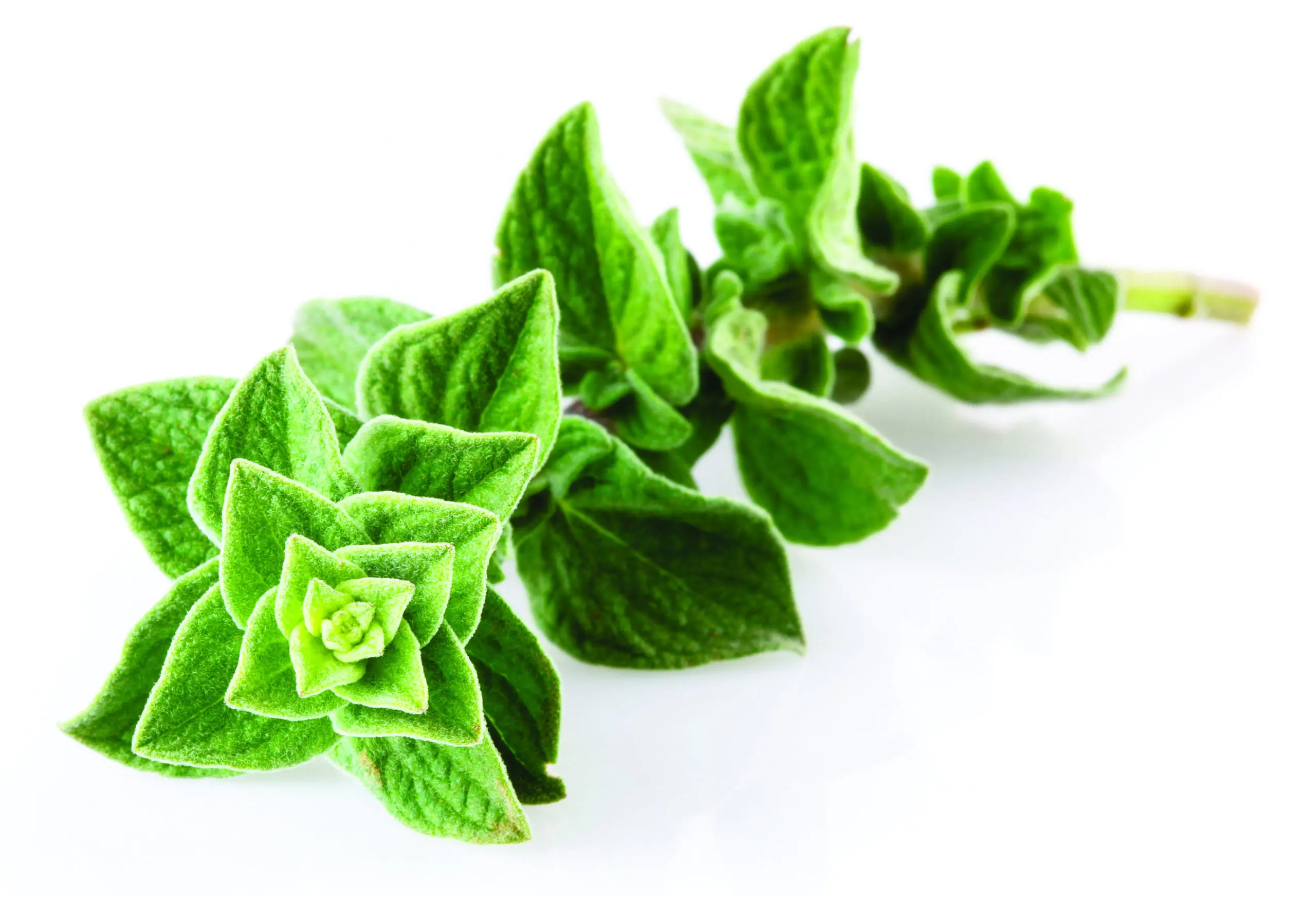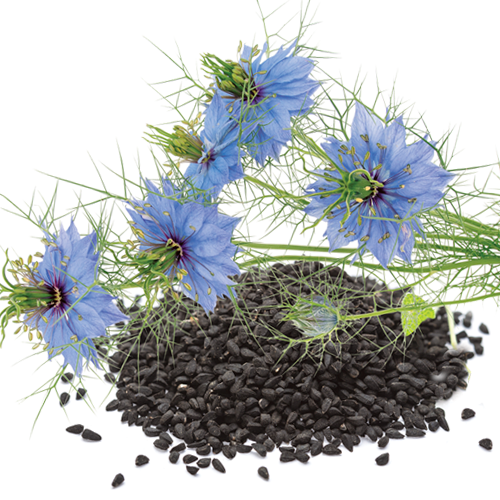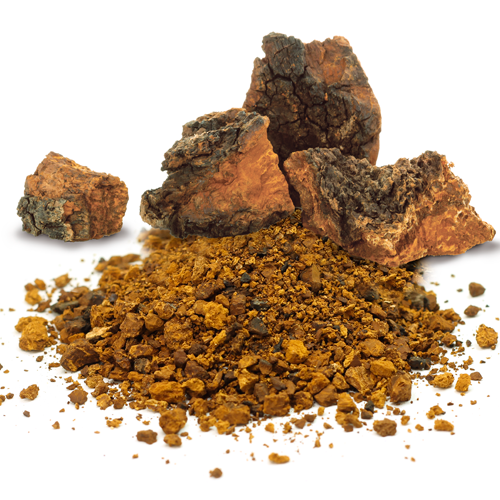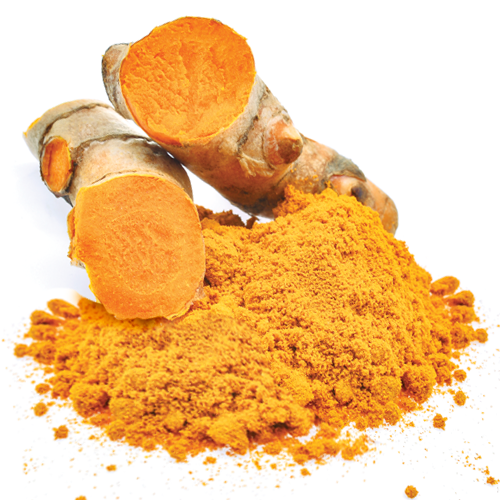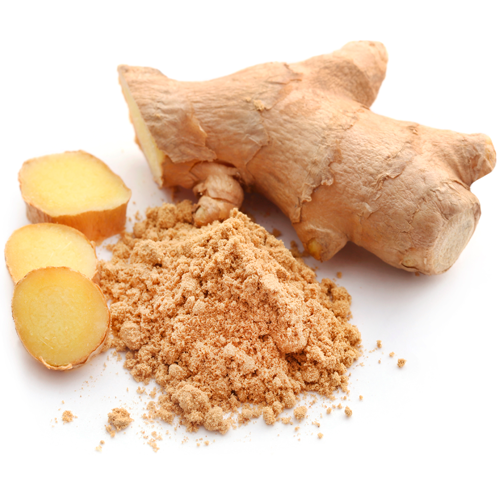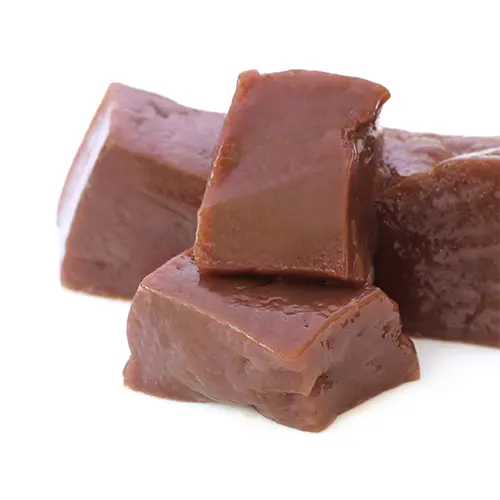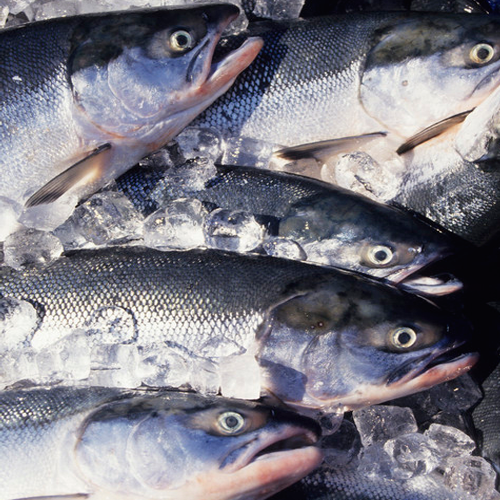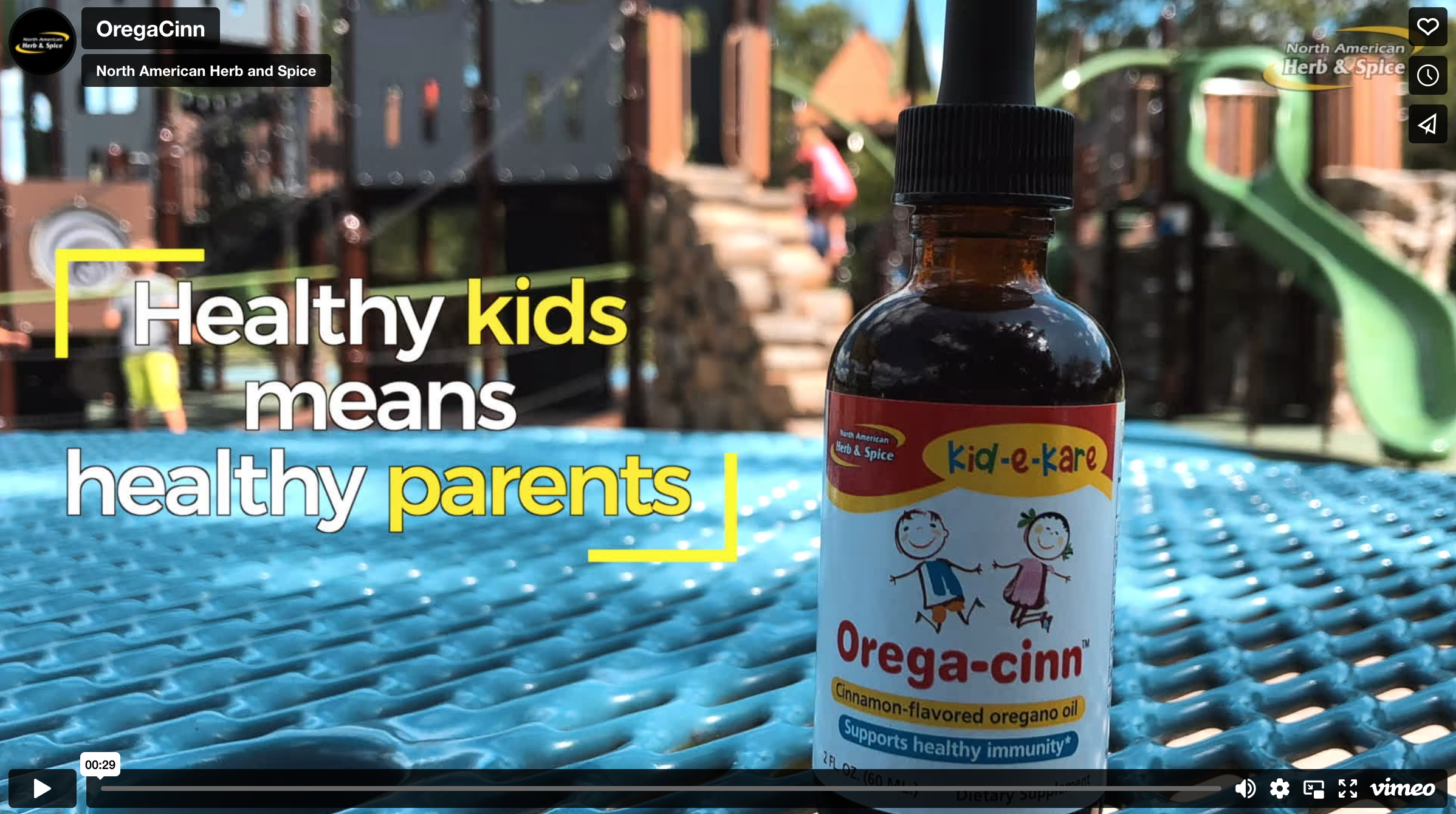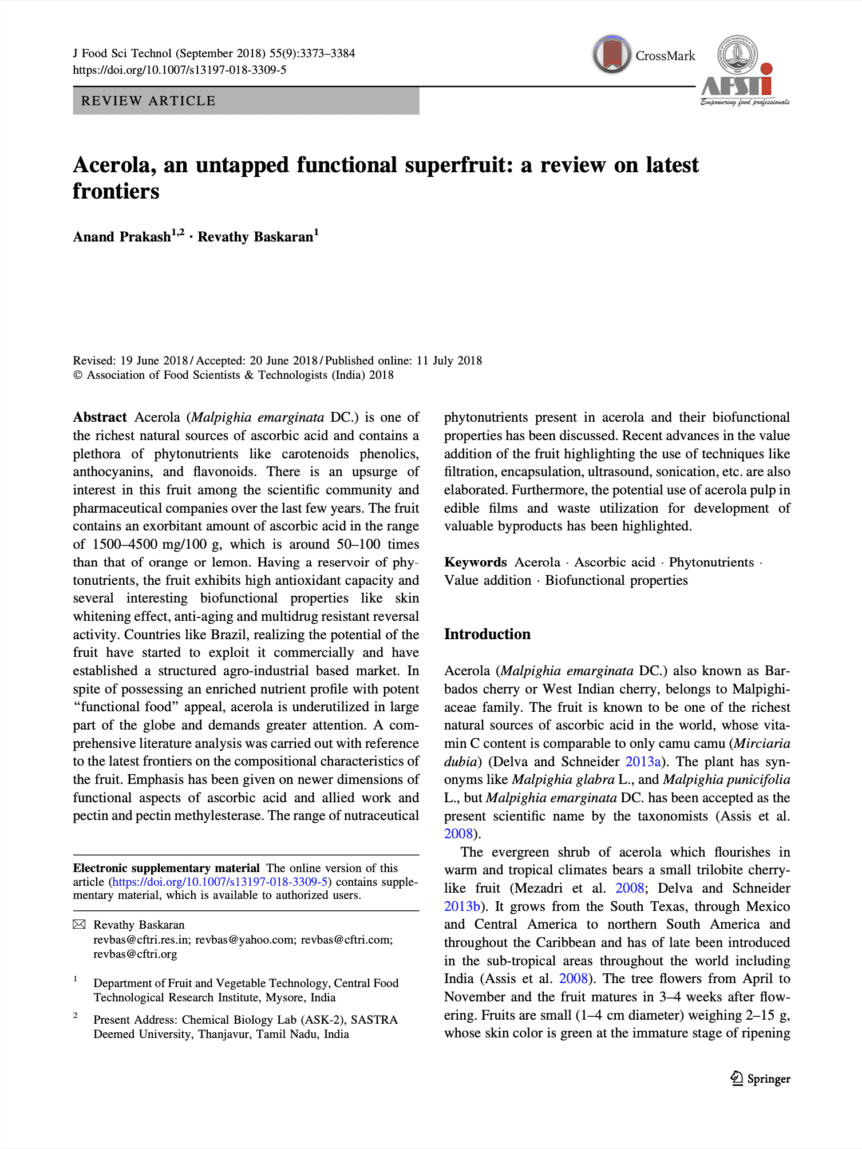
Acerola, an untapped functional superfruit: a review on latest frontiers
Acerola (Malpighia emarginata DC.) is one of the richest natural sources of ascorbic acid and contains a plethora of phytonutrients like carotenoids phenolics, anthocyanins, and flavonoids. There is an upsurge of interest in this fruit among the scientific community and pharmaceutical companies over the last few years. The fruit contains an exorbitant amount of ascorbic acid in the range of 1500–4500 mg/100 g, which is around 50–100 times than that of orange or lemon. Having a reservoir of phytonutrients, the fruit exhibits high antioxidant capacity and several interesting biofunctional properties like skin whitening effect, anti-aging and multidrug resistant reversal activity. Countries like Brazil, realizing the potential of the fruit have started to exploit it commercially and have established a structured agro-industrial based market. In spite of possessing an enriched nutrient profile with potent ‘‘functional food’’ appeal, acerola is underutilized in large part of the globe and demands greater attention. A comprehensive literature analysis was carried out with reference to the latest frontiers on the compositional characteristics of the fruit. Emphasis has been given on newer dimensions of functional aspects of ascorbic acid and allied work and pectin and pectin methylesterase. The range of nutraceutical phytonutrients present in acerola and their biofunctional properties has been discussed. Recent advances in the value addition of the fruit highlighting the use of techniques like filtration, encapsulation, ultrasound, sonication, etc. are also elaborated. Furthermore, the potential use of acerola pulp in edible films and waste utilization for development of valuable byproducts has been highlighted.
